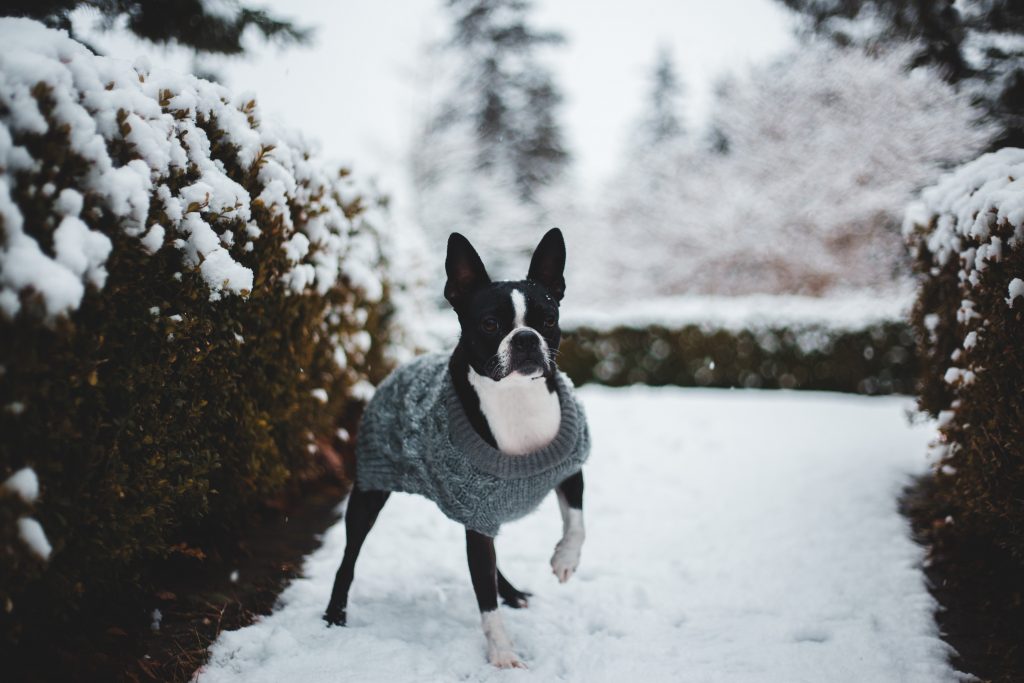You might not be a gardener, but you know that most plants are outside in your yard and that when dogs chase after them, they get hurt.
However, you may not want to keep them on their own because many people don’t enjoy the smell or the work of constantly taking care of the plants. If this is the case for you, these five ways should help!
Introduction of the blog
Many homeowners are preparing their yards for planting season with warmer weather on the horizon. One of the most important things you can do to protect your plants from dogs is to introduce them to a fence.
A fence is one of the most effective ways to protect your plants from dogs. A fence can protect your dog from the plant and protect it from being taken away. It also keeps the dog from destroying the plant.
There are several different types of fences available that can meet your needs. You can buy a pre-made fence or make your fence using materials such as wire mesh, wood boards, and posts. Whichever option you choose, be sure to read the instructions carefully so that you can install it correctly.
If you do not have access to a fence, try using a garden gate. This will help keep your dog out of the garden but allow it access to the yard if it needs to go outside. Be sure to lock the gate when you are not home so your dog cannot access the garden through the gate.
What types of plants are dogs a threat to?
Dogs threaten various plants, including those in the garden, landscaping, and flower beds.
One of the main reasons dogs are a threat to plants is because they are attracted to smells. Dogs can sniff out different plants, and if they find something that smells interesting, they may try to eat it or chew on it. This can damage or even kill the plant.
Another reason dogs are a threat to plants because they can dig up roots and destroy them. If your dog is digging up your plants, you can try to stop them by using plant barriers or fences. You can also try to protect your dog from your plants using deterrents, such as sound or scent sprays.
How and where protective plants can be planted
One way to protect your outdoor plants from dogs is to plant them in areas where they can’t reach them. Protective plants can be placed at the base of a tree or shrub or in a low location between the ground and the plant’s canopy.
Another way to protect your plants is to create a barrier between your plants and the dog. This can be done by using a sturdy fence, planting netting between the plants and the fence, or creating a shrubbery that will block the dog from reaching the plants.
5 Ways to Protect Your Plants Against Dogs
Dogs are often considered friendly animals, but they can be dangerous if not supervised.
1. Keep your dog on a leash in public or near a public park. If your dog is not on a leash, ensure they are confined to an enclosed area such as a backyard or kennel.
2. Make sure your plants are well-groomed and free of any debris that could provide cover for a dog. Fences around your property can also help to keep your dogs away from plants.
3. Teach your children about the dangers of dogs and how to treat them properly. They must know not to approach dogs without first asking permission and stay away from any animal they do not know well.
4. If you see a dog attacking or menacing a plant, do not hesitate to call the police or animal control. Do not attempt to confront the dog yourself, as this could result in serious injury or even death.
5. Keep an eye on your plants at all times, even when you are away from home. If you notice any changes in the way that your plants are behaving, be sure to contact someone……
Conclusion
One of the biggest concerns pet owners have is their plants. If your dog happens to be a barker, you might want to consider some measures to protect your plants from being shredded by his sharp canine teeth. Here are four tips for protecting your plants from dogs:
1. keep flower beds and vegetable gardens away from your front and back door;
2. use barriers such as netting or fencing around fruit trees and bushes;
3. put up signs that announce “No Dog Parking” near gardens;
4. make sure your dog is on a leash when outside, especially if garden areas are in view.

